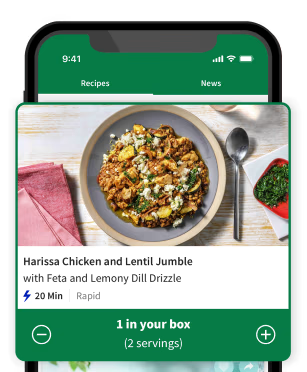Your Guide to Navigating Nutrition Labels
March 2, 2018You enter the supermarket with the best intentions – to fill your trolley with healthy food but quickly become overwhelmed by all the options presented to you. The shelves are packed full of attractive boxes and packages, all plastered with technical looking nutrition labels and all claiming various health benefits – so where do you even start!?

In the 5pm rush simply navigating your wobbly wheeled trolley through the aisle is enough of a challenge without then trying to analyse the nutrition information on pack. Heck! You don’t even really know what half of it means.
If this sounds all too familiar, we are here to help! A few quick tips will help you to navigate the nutrition labels and choose the healthier options without too much fuss.
So what should you be looking for?
The Nutrition Information Panel
This is on all packaged foods in Australia and is always presented in a standard format giving you information on the energy, protein, fat, carbohydrate and sodium content of the food, per serving and per 100g:
PER 100G
The per 100g information makes it simple to compare similar packaged foods e.g. yoghurt for yoghurt, breakfast cereal for breakfast cereal, muesli bar for muesli bar – to decide which product provides less saturated fat, salt (sodium), added sugars and kilojoules per 100gm and more fibre.
PER SERVING
If you are calculating how much of a specific nutrient, or how many kilojoules you will actually eat, use the per serving column. But check whether your portion size (i.e. what you actually eat) is the same as the listed serve size because more often than not it will differ. For example, a 600mL carton of chocolate milk may list the serve size as 300mL, but most of us would drink the whole carton in one go!
The aim of the game is to limit your intake of:
Saturated Fat
Aim for food products with less than 3g per 100g. Eating too much saturated fat is linked with an increased risk of heart disease and high blood cholesterol levels.
Added Sugars
If the sugar content of the food exceeds 15g per 100g it is worth checking the ingredients list to see if sugar is listed in the top 3 ingredients. If so, eat sparingly! Remember, some of the sugar content particularly in dairy products (yoghurt, milk etc.) and products containing fruit (or dried fruit) will be naturally occuring sugars – and it is not necessary to avoid these sugars!
Sodium
Foods with less than 400mg per 100g are good, and less than 120mg per 100g is even better! Eating too much salt may increase the risk of developing high blood pressure, a risk factor for heart disease and stroke.
Energy
If you are aiming to lose weight, limit foods that are high in kilojoules or calories per serve and opt for the lower calorie options.

The Ingredients List
All ingredients in a food product must be listed here in descending order – i.e. from greatest to smallest by weight. This means that, if fat, sugar or salt are one of the first three ingredients on the list, the product may not be a healthy choice.
Keep in mind that they may be listed under a whole host of different names:
- Fat – oil, shortening, lard, cream, copha, milk solids, monoglycerides, diglycerides, butter, margarine
- Sugar – sucrose, fructose, dextrose, maltose, glucose, lactose, molasses, syrup, malt extract, raw sugar, brown sugar
- Salt – sodium, rock salt, onion salt, celery or garlic salt, vegetable salt, MSG, yeast extracts
You will also notice that on all HelloFresh recipe cards we provide the Nutrition Information for your meal. Plus, to make it super easy we tag the recipes “On The Menu” that are low calorie to help you choose what goes in your box! Here is a handy infographic for interpreting the nutrition labels on the HelloFresh recipe cards…

4 TAKE HOMES!
- When comparing products refer to the per 100g column and aim for products with the least amount of saturated fat, sodium and added sugars.
- If you are calculating how much of a specific nutrient you will actually eat from the food, use the per serving column.
- When reading nutrition labels, be sure to also check out the ingredient list. Look out for fats, sugars and salts that may have a different name – if they feature in the top 3, then it is probably best to consume the food sparingly.
- Lastly, the best option is to fill up your trolley with foods that don’t have a label at all! This means that you are consuming lots of fresh produce and minimal processed food – a massive win for your health.









